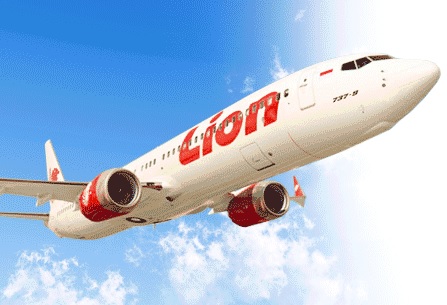Aviation Industry Indonesia: ASEAN Open Skies, Challenges & Opportunities
In line with the implementation of the ASEAN Economic Community (AEC) by the end of the year, the ASEAN Open Skies policy (also known as the ASEAN Single Aviation Market) should become fully effective later this year. The ASEAN Open Skies policy, a key component of the AEC, involves the multilateral agreement of all ten ASEAN countries to unite their skies into a single aviation market (hence liberalizing rules and regulations to a large degree) in a bid to boost the region’s economic growth.
The AEC will transform the ASEAN region into a region characterized by a free movement of goods, services, investment, and skilled labor, as well as a freer flow of capital. The creation of the ASEAN Open Skies policy is one of the key components of the AEC’s road-map. By agreeing to open their skies, the ten ASEAN member nations have recognized the importance of liberalizing air transport for further economic development. This move is expected to form a major catalyst for the region’s long-term economic growth (not only regarding growth in the tourism sector but also for the overall economic integration of ASEAN as transport linkages are crucial for the movement of trade and services).
The liberalized aviation market is expected to boost flight frequency in the region, enhance connectivity between the region’s aviation markets, and encourage higher service quality, while lowering ticket prices for air passengers due to increased competition.

However, increased competition is also one of the main concerns as it is feared that most Indonesian airlines are not ready to face tough competition after the full implementation of the ASEAN Open Skies policy. Indonesia is Southeast Asia’s largest aviation market and therefore foreign airlines, particularly from Malaysia and Singapore, will be eager to tap this potential by opening domestic routes. Analysts say that various issues, such as the government’s tax policies, airport inefficiencies (weak infrastructure), the lack of professional human resources (pilots, aircraft technicians and air traffic controllers), and high aviation fuel costs make Indonesian airlines less competitive compared to their Southeast Asian counterparts.
The Indonesian Transportation Ministry confirmed that international airports in five Indonesian cities - Jakarta, Surabaya, Denpasar, Medan, and Makassar - will be ready to fully open their skies by the end of 2015. However, the larger number of airports is also a disadvantage. For example, Singapore Airlines will be able to gain passengers in these five Indonesian airports, whereas Indonesian airlines can only fly to one airport in Singapore.
Recent air crash disasters will not affect the ASEAN Open Skies policy. In March 2014 one of the most mysterious cases emerged in the history of aviation when Malaysia Airlines flight MH370 went missing on its way from Kuala Lumpur to Beijing (and is yet to be located). Another Malaysia Airlines airplane was shot down when flying over the Ukraine in July 2014. Furthermore, AirAsia flight QZ8501 crashed in the Java Sea in December 2014 on route from Surabaya to Singapore. Lastly, in late June 2015, a military plane crashed in a residential area in Medan (Sumatra), shortly after take-off.
Although Malaysia Airlines and AirAsia Indonesia actually have a good reputation in terms of safety and reliability, many smaller airlines in Southeast Asia are assessed a cause for concern, particularly in Indonesia, Southeast Asia’s largest aviation market. There exist a total of 65 airlines in Indonesia. However, nearly all are banned from flying to the European Union and the USA (on safety issues), the exceptions being Garuda Indonesia, AirAsia Indonesia Airfast Indonesia, and Ekspres Transportasi Antarbenua (Premiair). Aviation safety standards in Southeast Asia did improve over the past decade but at a relatively slow pace. Due to the geographic makeup of the region, and the vibrant and rapidly expanding middle class, the Asia-Pacific region has been one of the world's fastest growing regions in terms of air travel, particularly supported by the presence of many low-cost airlines.
